Do you desperately look for 'enzymatic browning thesis'? Here you can find the answers.
Table of contents
- Enzymatic browning thesis in 2021
- How to prevent enzymatic browning
- Enzymatic browning of fruit
- How does heat treatment affect the rate of enzymatic browning
- Enzymatic browning define
- How does temperature affect enzymatic browning
- Enzymatic browning examples
- Preventing enzymatic browning
Enzymatic browning thesis in 2021
 This image shows enzymatic browning thesis.
This image shows enzymatic browning thesis.
How to prevent enzymatic browning
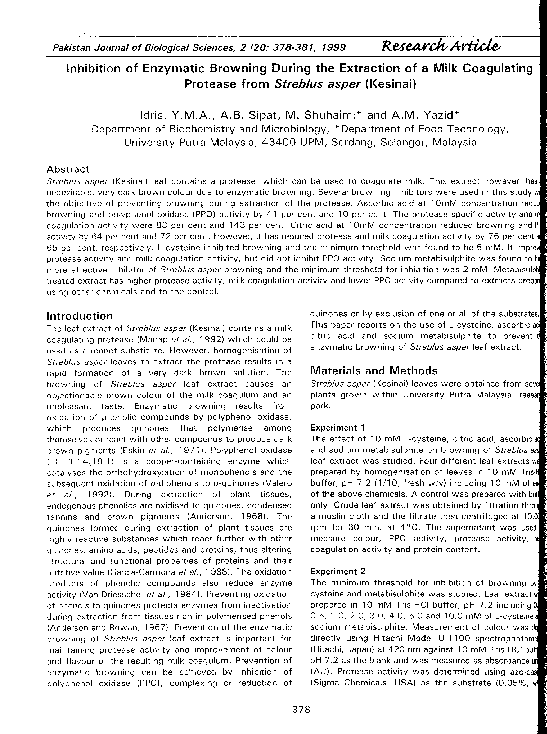 This image demonstrates How to prevent enzymatic browning.
This image demonstrates How to prevent enzymatic browning.
Enzymatic browning of fruit
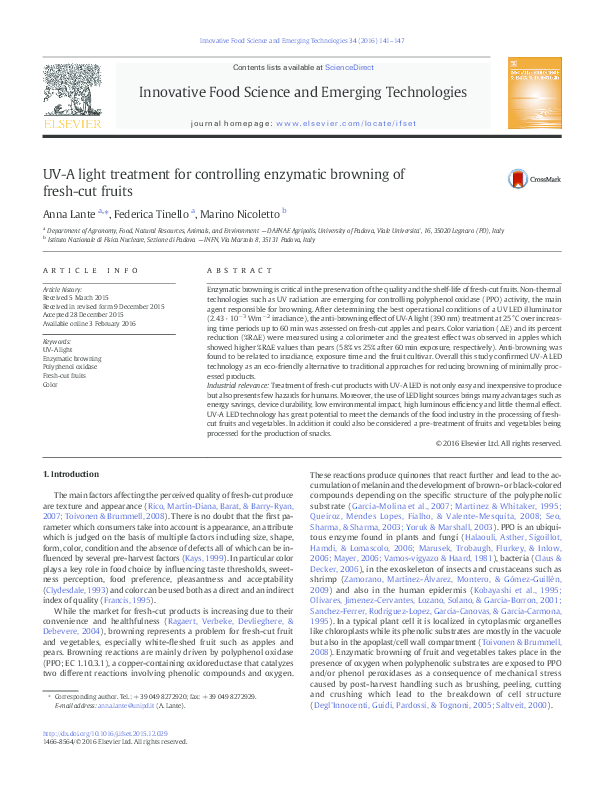 This picture illustrates Enzymatic browning of fruit.
This picture illustrates Enzymatic browning of fruit.
How does heat treatment affect the rate of enzymatic browning
 This image representes How does heat treatment affect the rate of enzymatic browning.
This image representes How does heat treatment affect the rate of enzymatic browning.
Enzymatic browning define
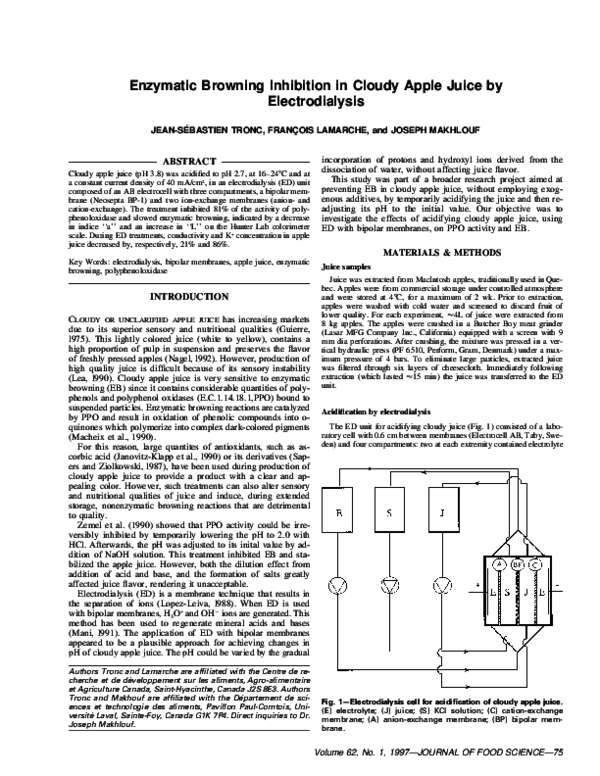 This picture representes Enzymatic browning define.
This picture representes Enzymatic browning define.
How does temperature affect enzymatic browning
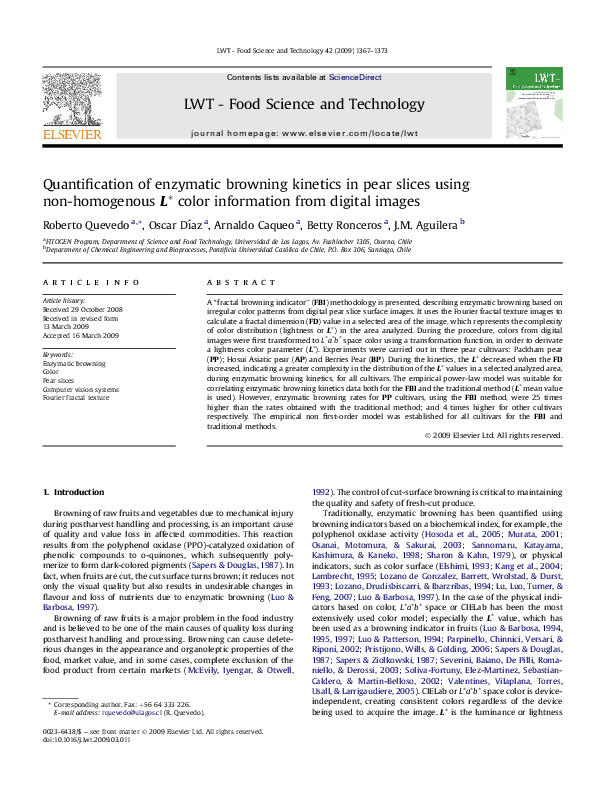 This image representes How does temperature affect enzymatic browning.
This image representes How does temperature affect enzymatic browning.
Enzymatic browning examples
 This picture illustrates Enzymatic browning examples.
This picture illustrates Enzymatic browning examples.
Preventing enzymatic browning
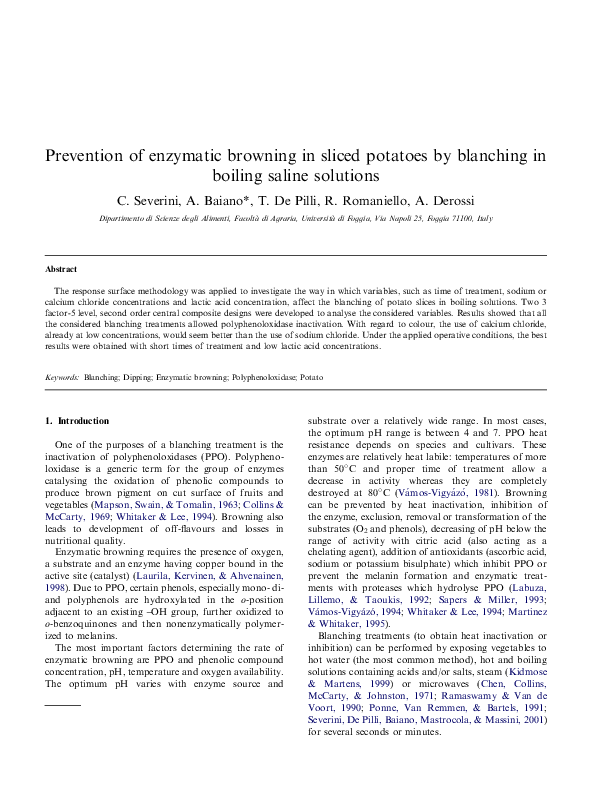 This picture demonstrates Preventing enzymatic browning.
This picture demonstrates Preventing enzymatic browning.
How is the inhibition of enzymatic browning achieved?
Inhibition of enzymatic browning can also be obtained by removal of one of the two substrates (oxygen and phenolic compounds) from the reaction medium. Complete oxygen removal is the most satisfactory way to control the phenolic oxidation catalyzed by PPOs.
How is enzymatic browning related to polyphenol oxidation?
Several studies have shown that the enzymatic browning in apple pulp is associated with polyphenol content ( Murata et al., 1995a; Vamos-Vigyazo and Gajzago, 1976) and/or PPO activity ( Coseteng and Lee, 1987; Walker, 1962 ). The enzymatic browning is a consequence of the oxidation of polyphenols to their corresponding quinones by PPO.
Why does enzymatic browning occur in fruits and vegetables?
Enzymatic browning is one of the most important reactions that occur in fruits and vegetables, usually resulting in negative effects on color, taste, flavor, and nutritional value. The reaction is a consequence of phenolic compounds' oxidation by polyphenol oxidase (PPO), which triggers the generation of dark pigments.
What's the best way to get rid of enzymatic browning?
Peeling to remove the skin and cutting of flesh into several pieces must be done at 5 to 7 °C and the flesh must be dipped immediately under water or water plus vitamin C to minimize enzymatic browning. Fresh-cut slices should be stretch-wrapped in trays and stored at 7 to 8 °C and 90 to 95% RH.
Last Update: Oct 2021